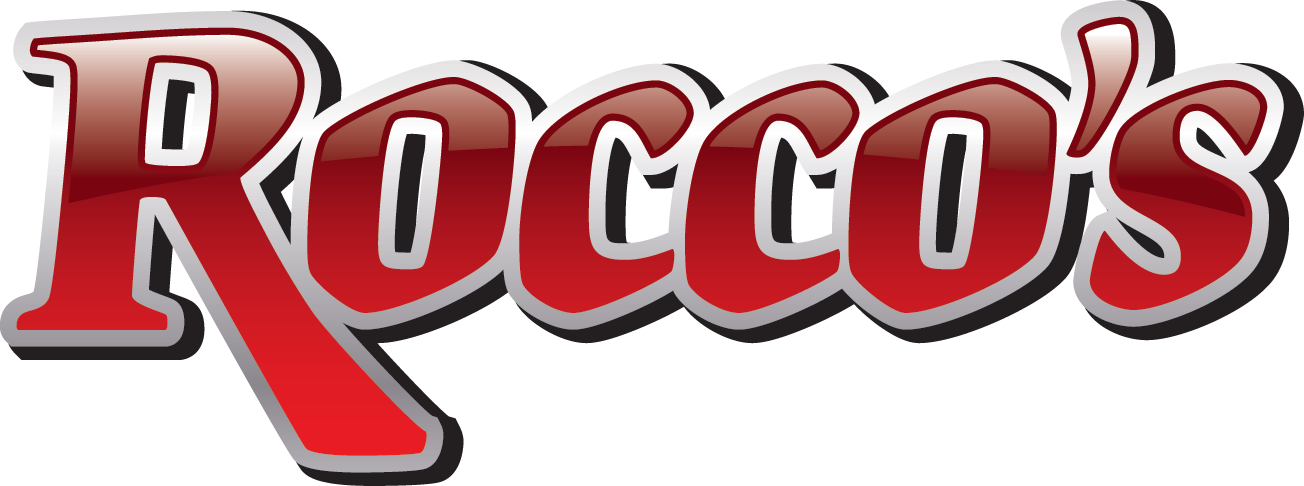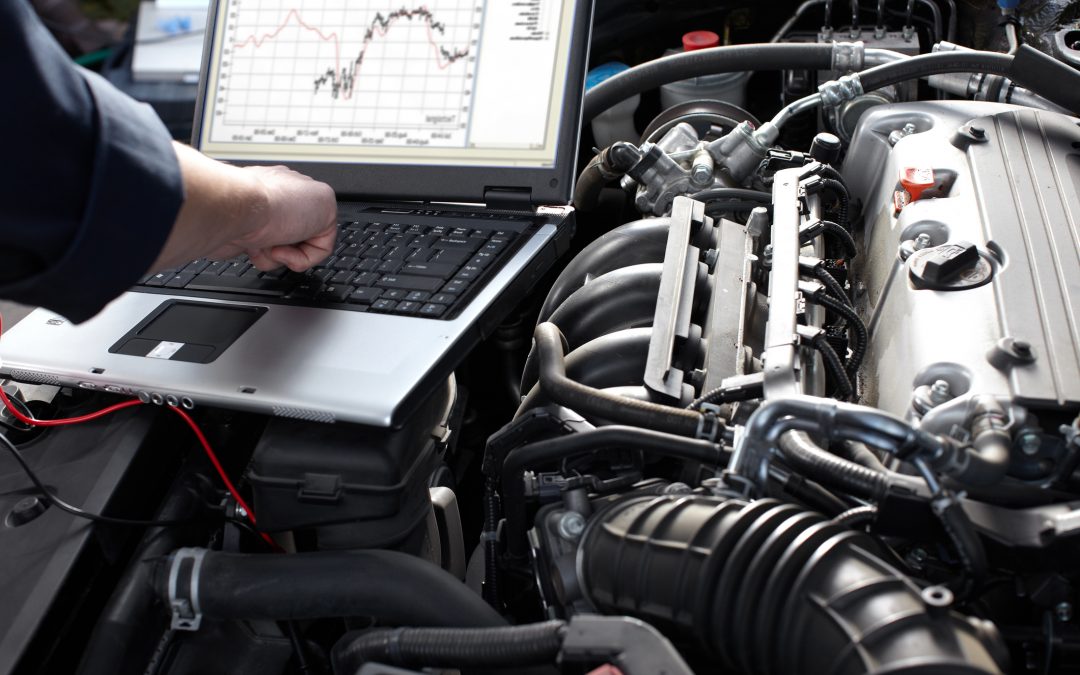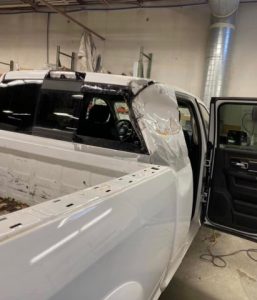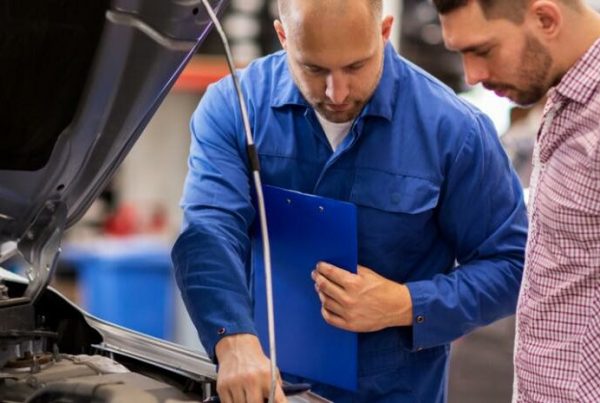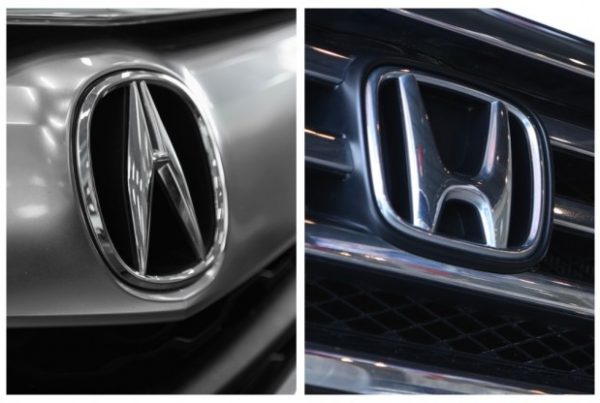If you just recently dropped your Honda or Acura off at Roccos Collision Center, it’s important to know what Honda’s latest position is on scanning. This affects every repair, no matter what needs to be done, which is why it’s important to know what needs to be done.
What you probably already know is your car is equipped with advanced safety technologies, commonly known as ADAS (Advanced Driver Assistance Systems). These used only to be seen in luxury vehicles. Just last the year (May 2018), the NHTSA made it a requirement for all new cars to come with a backup camera (at the minimum).
One thing Honda insists on for any of its cars is they get a diagnostic scan before and after any repairs are made. This is important because not all body shops know to take this step, but we at Roccos Collision Center do because your safety is our top priority.
It is also important because Honda makes it known in this position statement that just because the car is not illuminating different lights on the dash, it doesn’t mean there aren’t any problems. You could have damaged components or non-functioning safety equipment, but it wouldn’t be detectable without scanning. Honda reserves the dash warning indicators for vehicle information for the driver, and are not designed to alert a technician to a fault code.
One example of this could be the airbag control module. It there is a fault code in the airbag control, it may not be visibly noticeable with warning lights, which is where scanning comes in.
Here are Honda’s exact words on scanning:
It is the position of American Honda that all vehicles* involved in a collision† must have the following minimum diagnostic scans, inspections, and/or calibrations done to avoid improper repair:
• A preliminary diagnostic scan during the repair estimation phase to determine what diagnostic trouble codes (DTCs) may be present, so proper repairs may be included.
- A post-repair diagnostic scan to confirm that no DTCs remain.
- Any repair that requires disconnection of electrical components to perform the repair will need a post-repair diagnostic scan to verify if the component is reconnected correctly and functioning.
- Damage that requires the replacement of body parts will always require a post-repair diagnostic scan.
Honda model years impacted by this position statement
According to Honda, this requirement for pre- and post-repair scanning is true of all Honda and Acura vehicles dating back to the mid-90s and even some as far back as 1992.
Furthermore, Honda states that some systems will require inspections, calibration, and/or aiming after a collision or other body repairs have been made.
When a technician hooks up a scanner to your car’s diagnostic port, several codes appear, known as Diagnostic Trouble Codes (DTC for short). These codes give the technician an idea of where to begin the repair.
Honda’s position on recalibrations:
Honda also states that some systems within the vehicle will require inspections, calibration, and/or aiming after a collision or other body repairs have been made. Honda has a list of safety systems and features that must be re-calibrated after collision repairs are made. These include:
- Adaptive Cruise Control (ACC)
- Collision Mitigation Braking SystemTM (CMBSTM)
- Forward Collision Warning (FCW)
- Lane Departure Warning (LDW)
- Lane Keeping Assist System (LKAS)
- Road Departure Mitigation (RDM)
- Blind Spot Information (BSI)
- LaneWatchTM (Honda Only)
- Multi-View Camera System (MVCS – Acura Only)
What this means is that any of these systems will require a scan and a complete recalibration to ensure they are working properly. This process is pretty lengthy and could require a trip to the dealer. In cases where this is needed, we handle that for you as part of the repair process. This would show up as “dealer recalibration” in your estimate.
Honda’s rule on scanning software:
Honda went a step further and limited the scanning software that is allowed to scan a vehicle to Honda’s i-HDS software. What this means is that any old scanner will not work and it is one more investment a shop needs to make, or risks putting their customer’s lives at risk by not being able to pull up a hidden trouble code.
So, what does all this mean for Pennsylvania Honda owners, specifically?
Most likely, you or someone you know drives a Honda or Acura. After all, Honda was the best-selling car and lightweight truck model across the world in 2018. If the Honda has been damaged in a collision, it’s critical to take it to a shop that has all the right tools and equipment to be able to accurately perform this type of repair and not neglect any additional repairs that your car might need.
You want to take your Honda to be repaired somewhere that follows OEM procedures and is up to date on everything that has to do with the vehicle you drive. We at Rocco’s Collision Center know we can provide you with the best possible repair for your Honda or Acura we are a Honda Acura OEM Certified Repair shop. This means you get a repair that is performed exactly as the manufacturer would want.
We have six different locations across Philadelphia and New Jersey. We invite you to see for yourself why Rocco’s is the best out there! Feel free to give us a call at anytime at (888)-9-ROCCOS. Or to schedule an appointment or to call any of our locations directly, click here.
We look forward to hearing from you!
For a copy of Honda’s 2019 position statement on scanning, click here.
